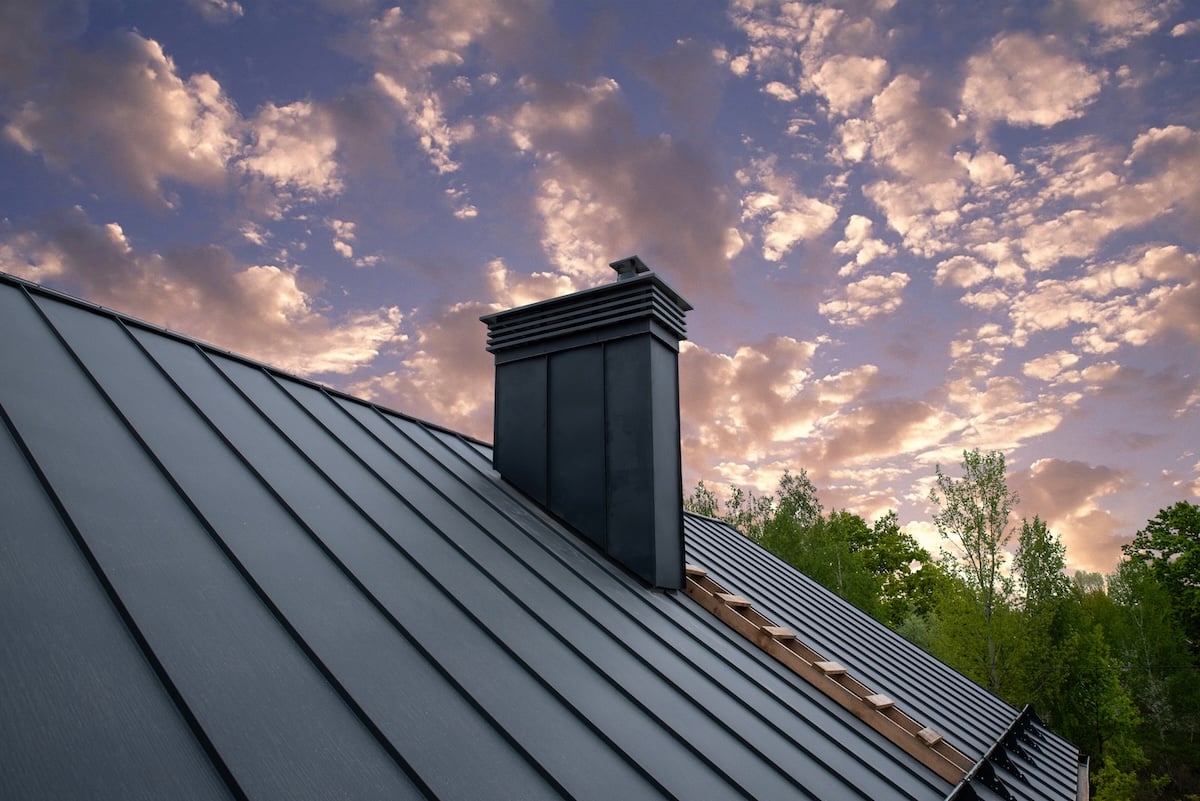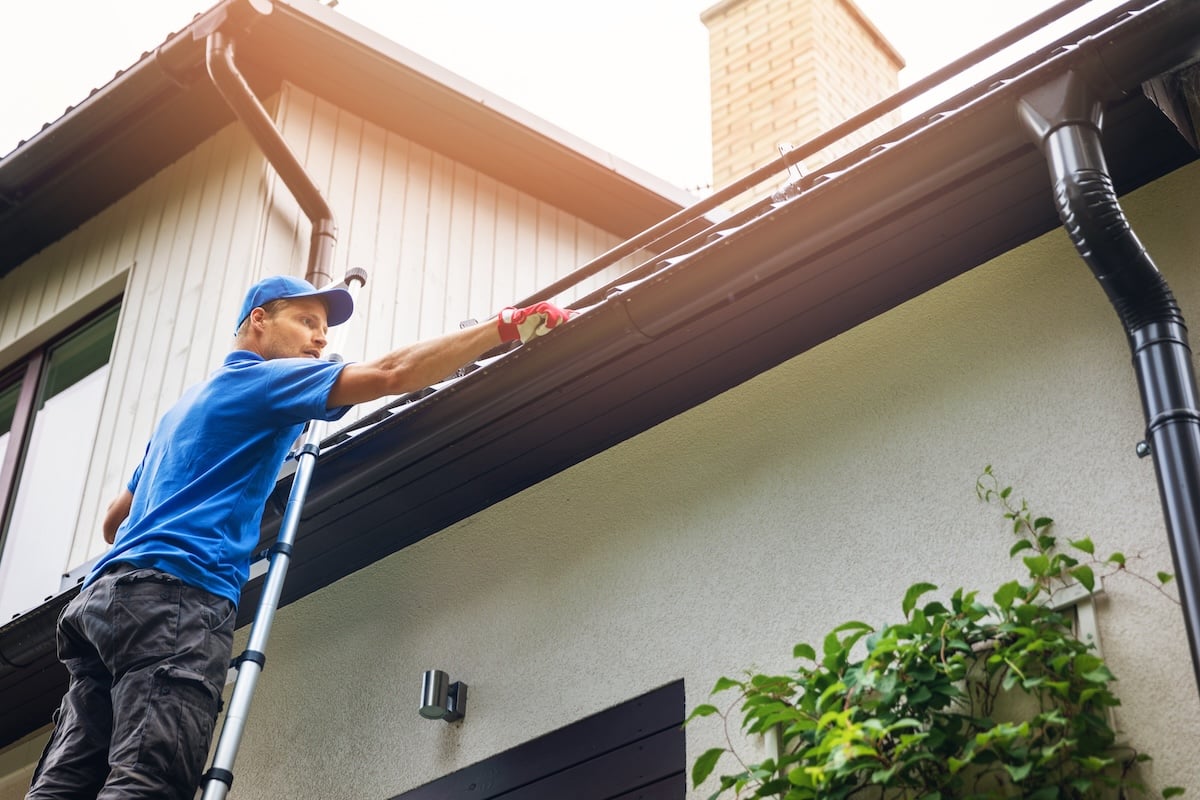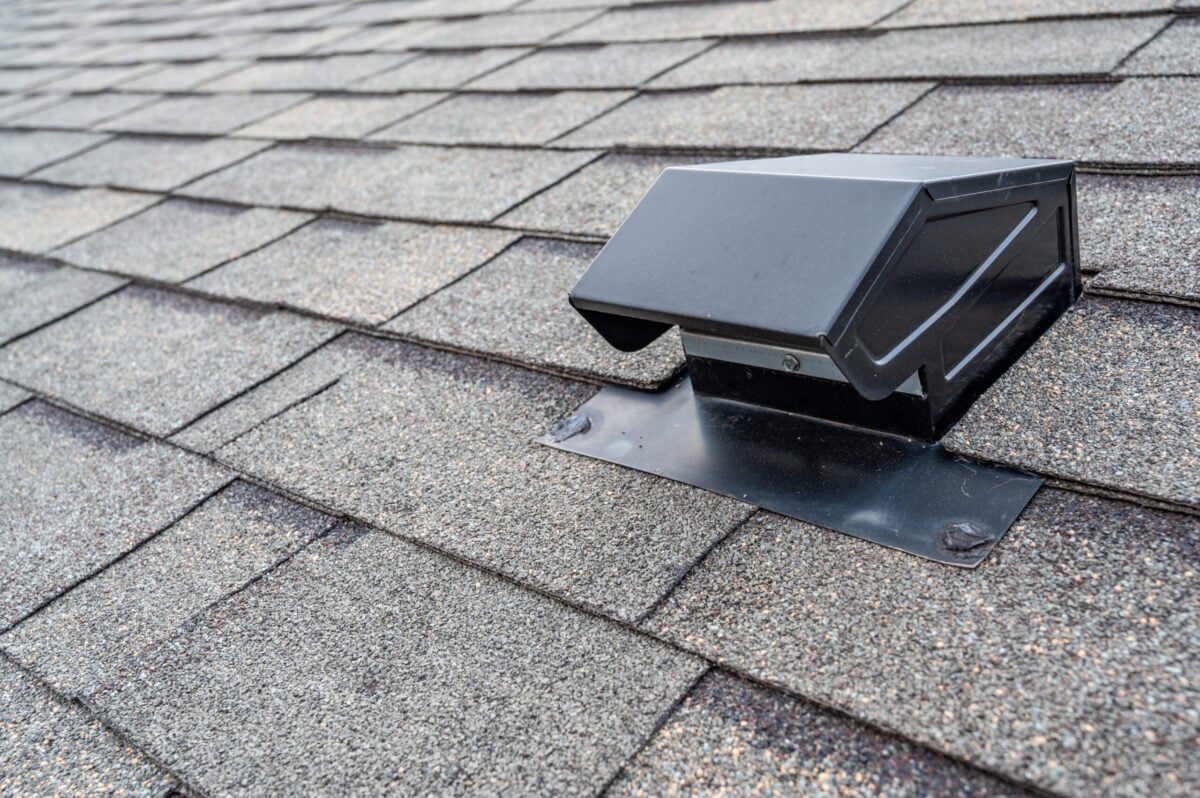
Storm Damage Roof Repair 7 Expert Tips for Homeowners
Storms can be unpredictable and, unfortunately, so can the roof damage they leave behind. Whether it’s heavy rains, strong winds, or hail, the aftermath of a storm can leave you feeling overwhelmed. If your roof has taken a hit, don’t panic—we’re here to help.
This guide will walk you through everything homeowners need to know, including:
- How to identify storm damage on your roof
- 7 expert tips for storm damage roof repair
- Essential actions to take immediately after a storm
🔎 Inspecting Your Roof After a Storm

Before jumping into repairs, it’s crucial to assess the situation safely. Storm damage can range from loose shingles to more severe issues like structural problems. Inspecting your roof properly helps you understand the extent of the damage and determine the next steps, whether it’s a DIY fix or calling in a professional. Always prioritize safety—use proper equipment, avoid climbing onto the roof unless absolutely necessary, and keep an eye out for potential hazards like falling debris or unstable surfaces.
Look for Common Signs of Roof Damage
- Missing or loose shingles from high winds leave your roof exposed.
- Dented or broken flashing from hail or wind can lead to leaks.
- Ceiling leaks, like water stains or drips, signal roof damage.
- Debris buildup, such as branches, can cause physical harm to your roof.
💡 7 Expert Tips for Storm Damage Roof Repair
Repairing your roof after a storm doesn’t have to be stressful. Follow these tips from experts at ROOF TIGER:
1. Act Quickly
Roof damage after a storm can escalate quickly if not addressed in time. Waiting to make repairs can turn small problems into major ones, such as leaks that lead to water damage inside your home, mold growth that poses health risks, or even structural issues that compromise the safety of your property. Storm damage weakens your roof’s integrity, making it vulnerable to future weather events and increasing the likelihood of more extensive damage. Acting promptly ensures that minor issues remain manageable, saving you from costly and time-consuming repairs later. Don’t let procrastination turn a simple fix into a full-scale roof replacement—schedule an inspection as soon as possible to prevent further complications.
2. Choose a Reliable Contractor
The contractor you choose plays a critical role in the quality and durability of your roof repairs. Partnering with a reliable, experienced contractor gives you peace of mind that the job will be done right the first time. Look for local experts who specialize in storm damage repair, as they are familiar with regional weather conditions and building codes. Check their reputation by reading reviews, asking for referrals, and verifying their credentials. A trustworthy contractor will take the time to walk you through the repair process, provide clear and transparent estimates, and communicate openly about timelines and costs. Beware of contractors who pressure you into making quick decisions, offer suspiciously low quotes, or lack proper licensing and insurance. Choosing the right contractor ensures your roof is repaired to the highest standard, protecting your home for years to come.
3. Understand Your Insurance Policy
Dealing with insurance claims after storm damage can be a daunting process, but understanding your policy can make it much smoother. Take the time to review your insurance documents to determine what is covered, the limits of your policy, and any deductible amounts. This knowledge will prevent surprises and help you advocate for proper coverage during the claims process. Many reputable contractors, like ROOF TIGER, offer assistance in navigating insurance claims. They can work directly with your insurer, providing documentation and evidence of the damage to ensure all necessary repairs are approved. This collaboration reduces stress, streamlines the process, and minimizes delays, allowing you to focus on restoring your home without unnecessary frustration.
4. Opt for Durable Materials
Storm damage is a reminder of how crucial it is to invest in high-quality roofing materials. When repairing or replacing your roof, consider upgrading to impact-resistant materials designed to withstand severe weather. Options such as metal roofing, asphalt shingles with high wind ratings, or durable tiles offer enhanced protection and longevity. While these materials may come with a higher upfront cost, they can pay off in the long run by reducing the likelihood of damage during future storms. Additionally, many insurance companies offer discounts for homes with impact-resistant roofs, helping offset the initial investment. Choosing durable materials not only protects your home but also provides greater peace of mind during extreme weather.
5. Regularly Check Gutters
Your gutters play a vital role in protecting your roof by channeling water away from your home. When gutters are clogged or damaged, water can back up onto your roof, leading to leaks, rotting wood, and other structural issues. Regular maintenance, especially after heavy storms, ensures your gutters are functioning properly. Remove debris such as leaves, twigs, and dirt to prevent blockages, and inspect for signs of damage like cracks or sagging. Properly maintained gutters help extend your roof’s lifespan and prevent avoidable wear and tear. For added protection, consider installing gutter guards or screens to reduce debris buildup and make maintenance easier.
6. Schedule Routine Inspections
Routine roof inspections are one of the best preventative measures you can take to protect your home. By hiring a professional to inspect your roof at least twice a year or after severe storms, you can identify potential problems like loose shingles, small cracks, or weak spots before they develop into major issues. These inspections also help you stay informed about your roof’s condition, so you can plan ahead for any necessary repairs or replacements. Preventive maintenance not only saves money by avoiding costly fixes but also extends the lifespan of your roof, ensuring it performs well for years to come. A proactive approach to roof care is essential to keeping your home safe and secure.
7. Invest in Professional Repairs
When it comes to roof repairs, cutting corners can lead to costly mistakes. DIY fixes or hiring unqualified contractors may seem like a way to save money, but they often result in improper repairs that void warranties, compromise your roof’s structural integrity, and create bigger problems down the road. Certified professionals, like the team at ROOF TIGER, ensure that repairs are completed with high-quality workmanship and materials. They follow best practices and use industry-leading techniques to deliver long-lasting solutions that stand up to future storms. Investing in professional repairs may cost more upfront, but it provides peace of mind knowing your roof is in expert hands and ready to protect your home from whatever the weather brings.
✅ Immediate Steps to Take After the Storm

Once the storm has passed and it’s safe to step outside, focus on minimizing further damage while planning repairs.
Document the Damage
After a storm, it’s important to thoroughly document all visible damage to your property. Take clear photos of any affected areas, including missing shingles, dents in metal surfaces, cracked windows, or damaged gutters. Be sure to capture both close-up shots and wider angles to provide context. These photos will be crucial for your insurance claim, as they serve as visual proof of the storm’s impact. Don’t forget to note any indoor damage caused by leaks or water intrusion, such as stained ceilings, warped floors, or mold growth.
Cover Vulnerable Areas
Once you’ve documented the damage, take steps to protect your property from further harm. Use tarps, plastic sheeting, or plywood to temporarily cover exposed areas, such as holes in the roof or broken windows. Securing these vulnerable spots will help prevent water from seeping in and causing additional damage. Acting quickly can also reduce the risk of mold growth or structural issues. If you’re unable to safely cover the damage yourself, consider contacting a professional to secure the area for you.
Contact Your Insurance Provider
Don’t delay in reaching out to your insurance company to report the storm damage. File your claim promptly to start the process of getting repairs underway. Many insurance providers will guide you through the steps and may even work directly with trusted contractors like ROOF TIGER. This collaboration can save you time and reduce the stress of finding reliable repair services. Make sure to provide all necessary documentation, including photos and descriptions of the damage, to help expedite your claim.
Avoid DIY Repairs
While it may be tempting to tackle minor repairs on your own, DIY fixes can often do more harm than good. Poorly executed repairs could worsen the problem, lead to safety hazards, or even void warranties on materials like shingles or gutters. Additionally, storm damage may involve underlying issues that aren’t immediately visible but require professional expertise to address. Trust experienced contractors to assess and repair the damage properly, ensuring a long-lasting and safe solution for your home.
🛠️ Storm Damage Repair

When it comes to storm damage roof repair, choosing the right team makes all the difference. At ROOF TIGER, we combine certified expertise, transparent communication, and flexible financing to deliver roofing solutions you can rely on. From minor repairs to full roof replacements, including energy-efficient solar options, our team is committed to restoring your roof with precision and care. Don’t let storm damage compromise your home—trust ROOF TIGER to get the job done right. Contact us today to schedule your free roof inspection and experience the unmatched service that sets us apart.






